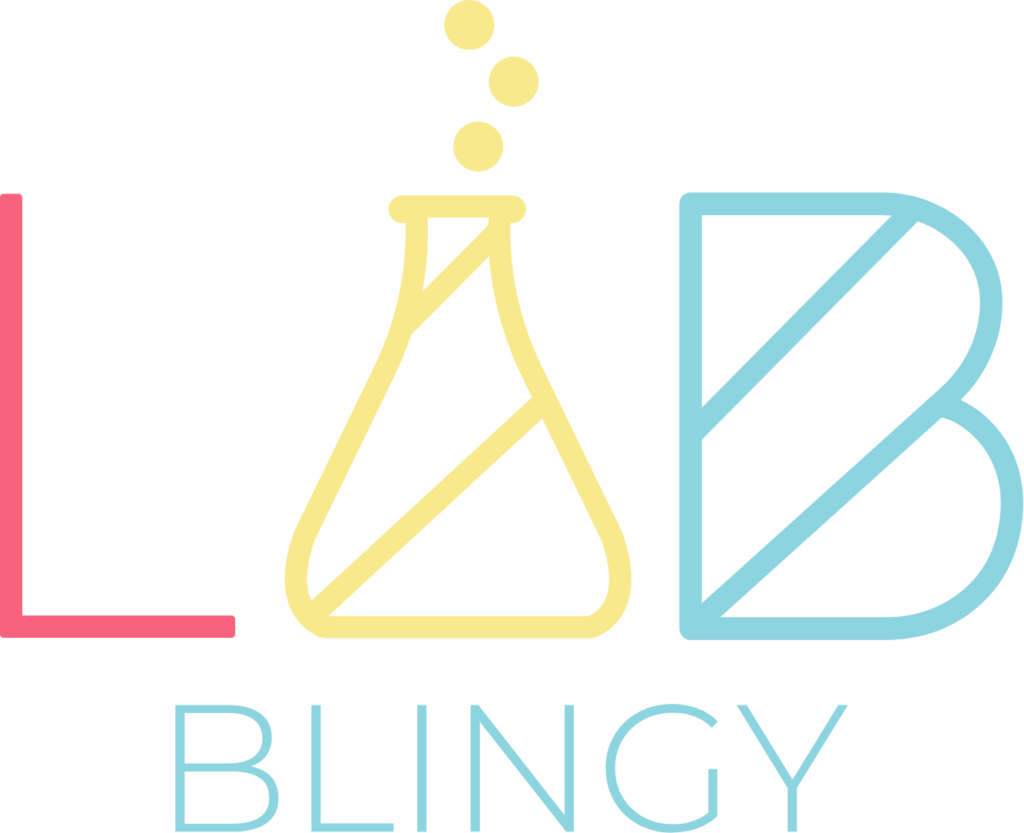Blockchain technology has taken the world by storm since it was created to track Bitcoin transactions. As users, businesses, and investors have grown to appreciate its potential, many developers are still trying to figure out how to turn this fledgling idea into something widely used across industries. The biggest challenge is creating a system that will offer the benefits of decentralization, scalability, and security without compromising any of the three.
Blockchain technology has revolutionized how we transact with one another by offering a secure and trustless system for verifying digital records. Its distributed ledger architecture ensures that data stored in these digital blocks cannot be altered or tampered with by malicious third parties. This makes it an ideal solution for businesses looking for ways to increase transaction speed and reduce coordination costs across networks.
However, there is still much work to be done before blockchain can meet the complete needs of blockchain applications regarding scalability, security, and decentralization. This article explores why balancing these three requirements is known as the “Blockchain Trilemma” and discusses solutions for overcoming it.
Essential Features of Blockchain Technology
Blockchain technology has revolutionized businesses’ operations, providing them with a secure and trustless infrastructure that allows for digital-first functions like asset management, tracking, and storage. However, with this new technology comes a set of challenges that need to be overcome – these are known as the Blockchain Trilemma. The trilemma comprises three separate but essential features of blockchain networks: Scalability, security, and decentralization. In this blog post, we’ll dive into the basics of each element and discuss how one can optimize all three for greater network efficiency.
1. Understand scalability
The ability to scale your blockchain network is critical. You want to ensure that your network Performance is robust enough to handle any user or machine-generated requests sent. To increase scalability in your network, you should focus on reducing latency and ensuring communication channels remain efficient while keeping transaction throughput high. This would involve implementing proper data transfer protocols like Onion Routing or MimbleWimble, which help reduce the size of data packets while still maintaining their integrity. Additionally, you could use solutions like sharding or state channeling to allow parallel processing so multiple transactions can happen at once without clogging up blockchains’ memory resources.
2. Utilize Security Measures
Security is also an important aspect that needs attention when it comes to blockchain deployment. A secure solution should provide users with a secure experience even if certain nodes within the system drop out occasionally – something addressed by consensus algorithms such as Proof of Work (PoW) & Proof of Stake (PoS). Other measures include:
- Encryption methods are utilized at different layers to protect sensitive user information.
- Utilization of Digital Signatures that facilitate identification and authentication mechanisms.
- Adoption of access control policies that determine who gets access to what data to limit any malicious activities caused by insiders or hackers trying to compromise user accounts for their gain.
3. Stay True To Decentralization Principles
Decentralization refers to how much central control there is over a specific system – it means that no single entity has complete control over the system. Still, instead, node operators participate in democratic decision-making via consensus algorithms such as PoW & PoS mentioned above. To achieve true decentralization from start to finish it’s encouraged that developers utilize open source technologies throughout their development process; give back unused tokens for redistribution into public pools; utilize token burning mechanisms for circulation reduction purposes; and promote privacy tools like Zero-Knowledge Proofs otherwise known as Zero-Knowledge Succinct Non-Interactive Arguments (ZK-SNARKs). Implementing these measures will bring better results and build trust in users by showing they’re taking proper actions to protect their investments/data.
Future Implications of the Blockchain Trilemma
The blockchain trilemma is an idea that purports that blockchain scalability, decentralization, and security must be balanced to guarantee an effective distributed ledger technology (DLT). The concept has far-reaching implications for the future of blockchain networks, particularly those associated with cryptocurrencies such as Bitcoin and Ethereum. In this blog, I will discuss how future protocols can implement this trilemma to maintain better scalability and ensure more robust security on the blockchain.
Increase Bandwidth: With an increasing demand for higher transaction speeds on blockchains, decentralization may have to be sacrificed to some degree to enable more transactions per second. Protocols such as Ethereum 2.0 aim to facilitate more transactions by increasing bandwidth and decreasing network delay times. This achieves better scalability without compromising the fundamental integrity of a decentralized platform.
Improve Network Protocols: Recent advancements in consensus protocols have been focused on ensuring that user operations remain secure while simultaneously increasing the system’s performance, scalability, and efficiency. Some prominent current examples include proof-of-stake (PoS), sharding, or zero-knowledge proofs (ZKP). All these protocols use different strategies to improve network performance while preserving security and decentralization as much as possible.
Limit Data Size: Data size is also a significant factor in evaluating DLT performance since large data payloads require longer times for transmission across nodes, leading to higher latency rates and slower throughputs for a given system. By limiting data sizes, smaller units can be sent over the network faster, thus resulting in higher overall throughputs, which serve to:
- Reduce average latency.
- Increase the tenability of PoW mining.
- Decrease incentive competition among miners.
- Lower storage requirements per node.
- Reduce attack surface size against malicious actors.
- Decrease costs incurred due to using scarce resources like energy and storage space.
Therefore candidates should strive towards limiting data sizes within reasonable limits while finding ways to increase delivery times while preserving security and audibility aspects associated with an immutable ledger protocol.
Conclusion
Blockchain technology has revolutionized how businesses operate and comes with three essential features: Scalability, security, and decentralization. This trilemma is challenging to balance, but optimizing each feature could make networks more efficient. Solutions for increasing scalability include reducing latency, using data transfer protocols, and sharding. Security measures include encryption methods, digital signatures, and access control policies. Achieving true decentralization means relying on consensus algorithms such as Proof of Work and Proof of Stake.
Follow my Twitter @JoyyuanWeb3 to learn about the trends of Blockchain, Crypto, Metaverse, and Web3!








